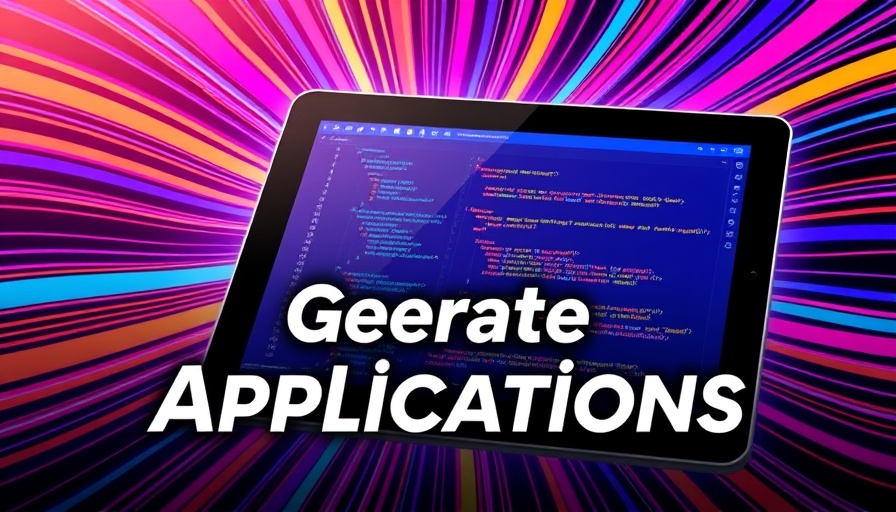
Unleashing the Power of Convex Chef to Build Apps Effortlessly
In a world where technology continuously evolves, developers face the daunting task of keeping pace. Fortunately, tools like Convex Chef are transforming the landscape of app development. This innovative open-source platform simplifies the creation of full-stack applications, requiring no prior coding experience. By allowing users to generate apps with just a simple prompt, Convex Chef has streamlined the development process, enabling projects to move from concept to reality in record time.
In 'Convex Chef: FASTEST + FREE Way To Create HIGH Full-Stack Applications With NO CODE! (Opensource),' the discussion dives into groundbreaking advancements in app development, exploring key insights that sparked deeper analysis on our end.
Why Is Convex Chef a Game-Changer for Developers?
One of the distinguishing features of Chef is its ability to build production-ready applications quickly and efficiently. The recent updates introduced the innovative concept of "recipes," which let users add complex functionalities—like real-time text editing or AI chat—by clicking a button. This shift means less time on mundane setups and more focus on creating valuable content.
Harnessing AI: The Future of App Development
The introduction of AI capabilities, particularly the integration of models like Gemini 2.5 Pro, makes Chef stand out among other tools. These models enhance the programming experience, enabling developers to generate apps rapidly. With functionalities like built-in authentication systems and multiplayer previews, even novice users can produce sophisticated applications.
Real-time Collaboration and Functionality
Convex Chef's architecture is designed for collaborative efforts, allowing multiple users to work on a project simultaneously. This is not just a tool for building apps; it’s a platform for innovation and teamwork. Each generated application is integrated with a Convex database, which manages data logs and performs scheduled functions seamlessly.
Conclusion: The Future Awaits—Start Building!
As developers and tech enthusiasts look to the future, leveraging tools like Convex Chef not only simplifies the creation of applications but also enhances the collaborative experience. With the advantages of no coding necessary and various functionalities at your fingertips, there has never been a better time to dive into app development. If you're interested in transforming your ideas into tangible products deftly, don’t hesitate—start exploring Convex Chef today!
 Add Row
Add Row  Add
Add 




Write A Comment